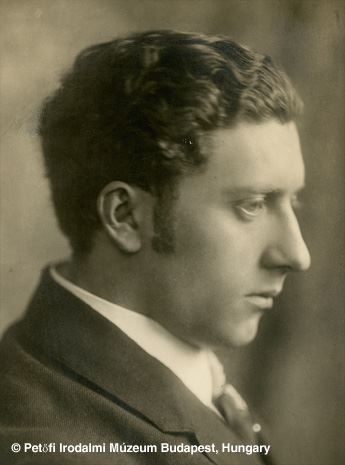
Tibor Harsányi (1898 - 1954)
Hungarian-born pianist, composer, conductor, and musicologist Tibor Harsányi was part of the lively Paris musical scene from 1923. He was a student of Kodály in Budapest, then travelled around Europe as a performer, settling briefly in Holland, where he worked as a conductor. Once in Paris he joined with other expatriate composers, including the Czech Bohuslav Martinů, the Romanian Marcel Mihalovici, the Swiss Conrad Beck, and the Russians Alexander Tansman and Alexander Tcherepnin. In a 1929 article in the Revue Musical, the critic Arthur Hoerée dubbed this group “l’école de Paris”, writing that they were not only “remarkable young talents rubbing shoulders with the French, but also foreigners who have chosen Paris as their base and participate in its artistic leanings, while at the same time retaining their individual national characters”. Harsányi published a volume entitled Treize danses in 1929 featuring works by a number of members of l’école (including a Foxtrot of his own) that could be understood as a kind of manifesto of the style. Adhering to the anti-Debussy tendencies of Les six, but with a distinctly international cast, the music is flavoured with the influences of the American-inflected jazz of the Paris dance halls, the spare and often dissonant textures of the neoclassicists, and a certain amount of folk colour. Harsányi himself was a prolific composer of chamber music, solo piano works, and songs, as well as opera and ballet. Aside from occasional performances of his setting of The Brave Little Tailor (1937) for chamber ensemble and narrator—described in a 1952 survey of his work (in the British journal The Chesterian) as “an exquisite and witty suite for chamber orchestra”—his music is essentially unknown today, in spite of its intrinsic quality and individual style.

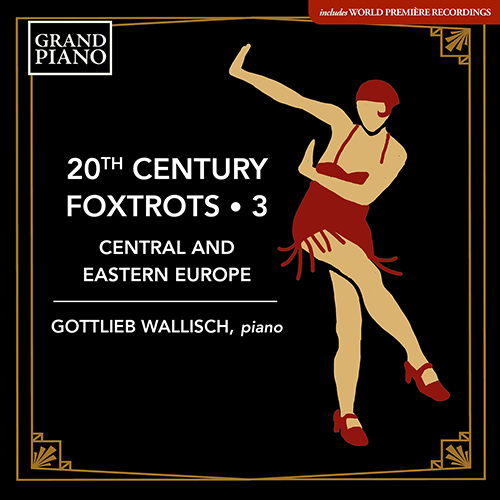
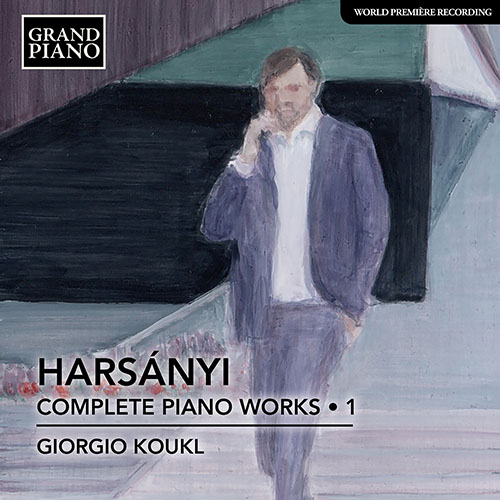
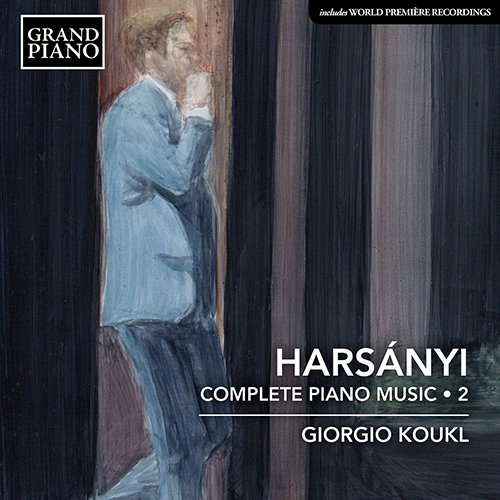
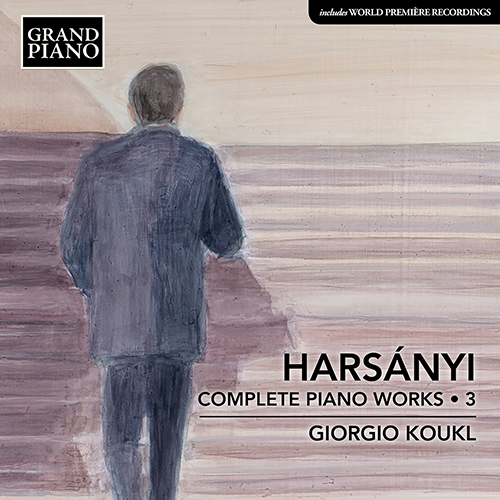
 Grand Piano has gained a reputation for producing high quality recordings of rare keyboard gems. Dedicated to the exploration of undiscovered piano repertoire, the label specialises in complete cycles of piano works by many lesser-known composers, whose output might otherwise have remained unknown and unrecorded.
Grand Piano has gained a reputation for producing high quality recordings of rare keyboard gems. Dedicated to the exploration of undiscovered piano repertoire, the label specialises in complete cycles of piano works by many lesser-known composers, whose output might otherwise have remained unknown and unrecorded.






